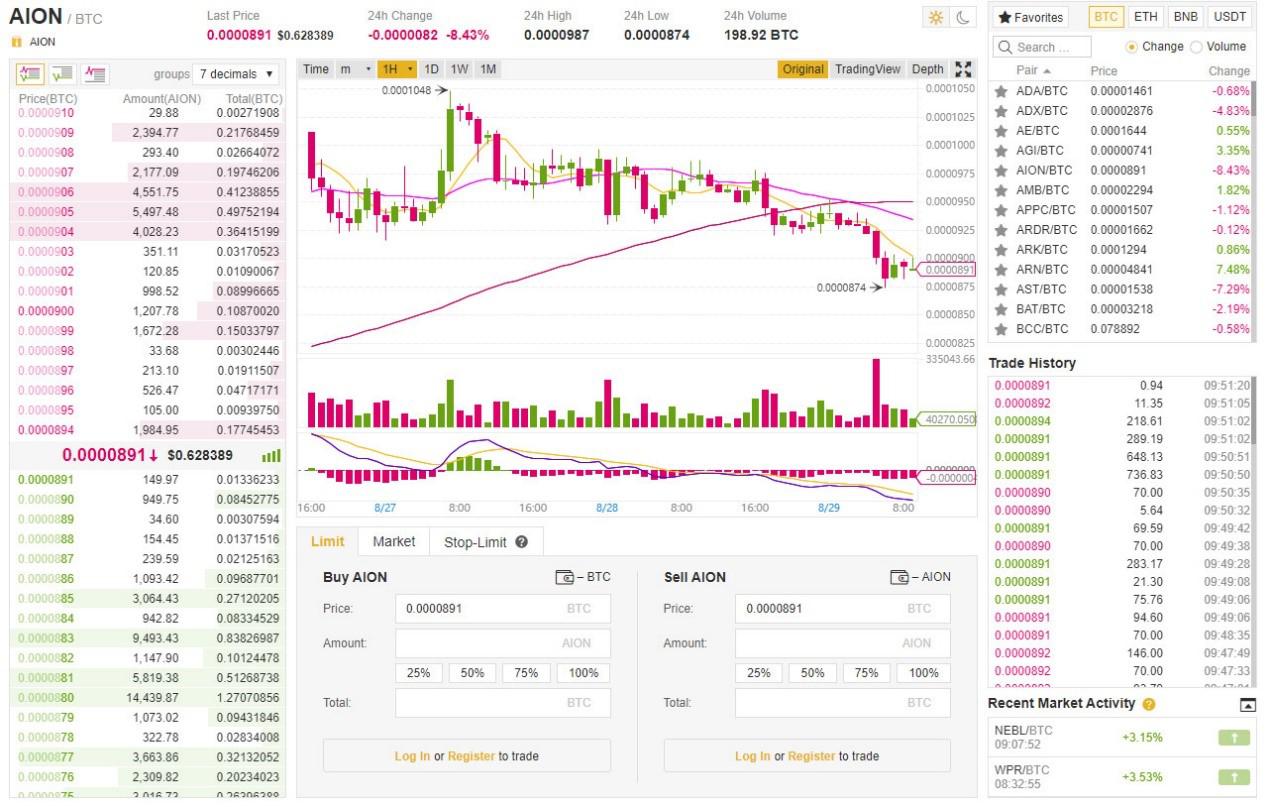Aion (AION) Review – Interoperability Between Private and Public Blockchains
| Name | Aion |
| Ticker | AION |
| Total Supply | 465,934,587 |
| ICO Price | $0.62 |
| Category | Interoperable Blockchain |
| Website URL | https://aion.network/ |
| White Paper URL | https://drive.google.com/viewerng/viewer?url=https://aion.network/media/en-aion-network-technical-introduction.pdf |
Aion seeks to allow interoperability and between different blockchains while also solving the challenges of scalability inherent in the current system. It does this by allowing for any private or public blockchain to send data and value between Aion-compliant blockchains and Ethereum via network bridges.
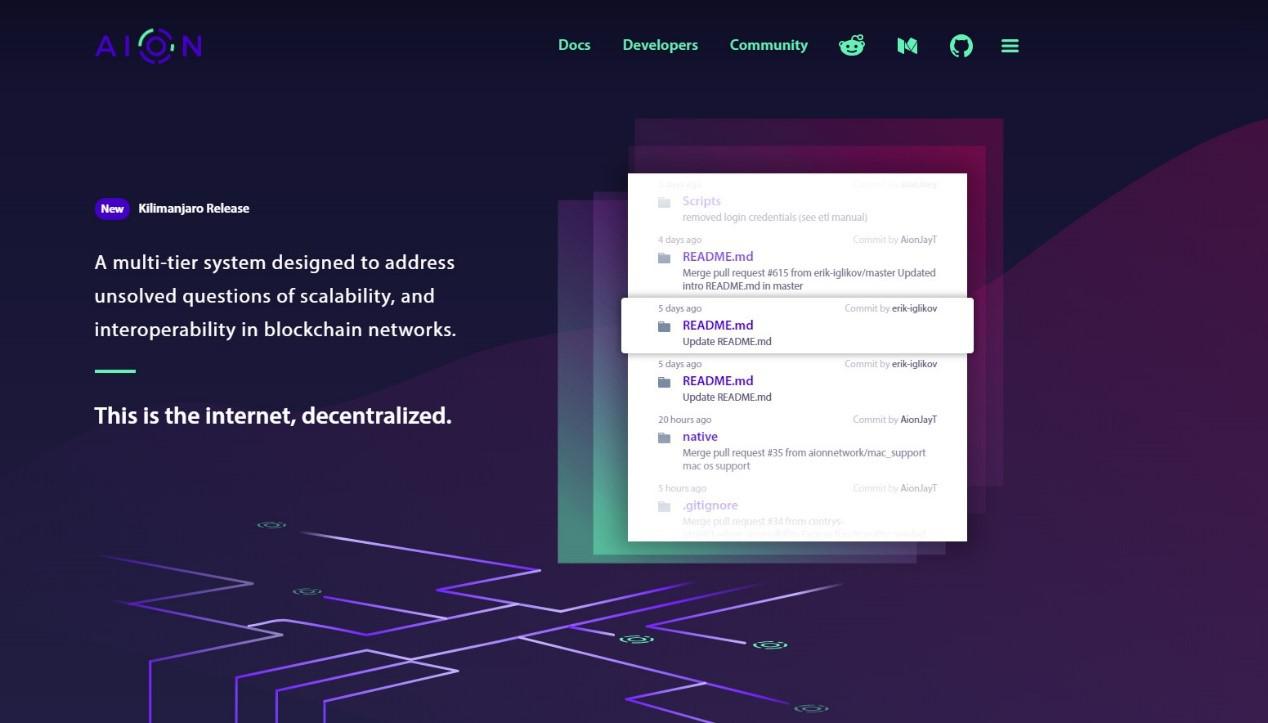
The Idea Behind Aion
Aion seeks to solve the challenge of interoperability across blockchains, connecting public blockchains to other public blockchains as well as private enterprise blockchains. It does this through a “token bridge” which allows tokens to move across chains.
As a third-generation blockchain, it allows the transfer of data and value between any Aion-compliant blockchain and Ethereum, scalability to ensure faster processing time and higher data capacity to these blockchains, and the ability to customize public or private blockchains.
Although blockchains do provide their own level of trust within each network, this trust is no longer guaranteed once you move outside that network to banks, governments, healthcare providers and anyone else.
“At its core, Aion becomes the plumbing to move data around. “[Aion provides the] middleware for blockchains to communicate with each other, and the ability to pass messages between them,” says Matt Spoke, CEO and founder of Aion to Techcrunch.
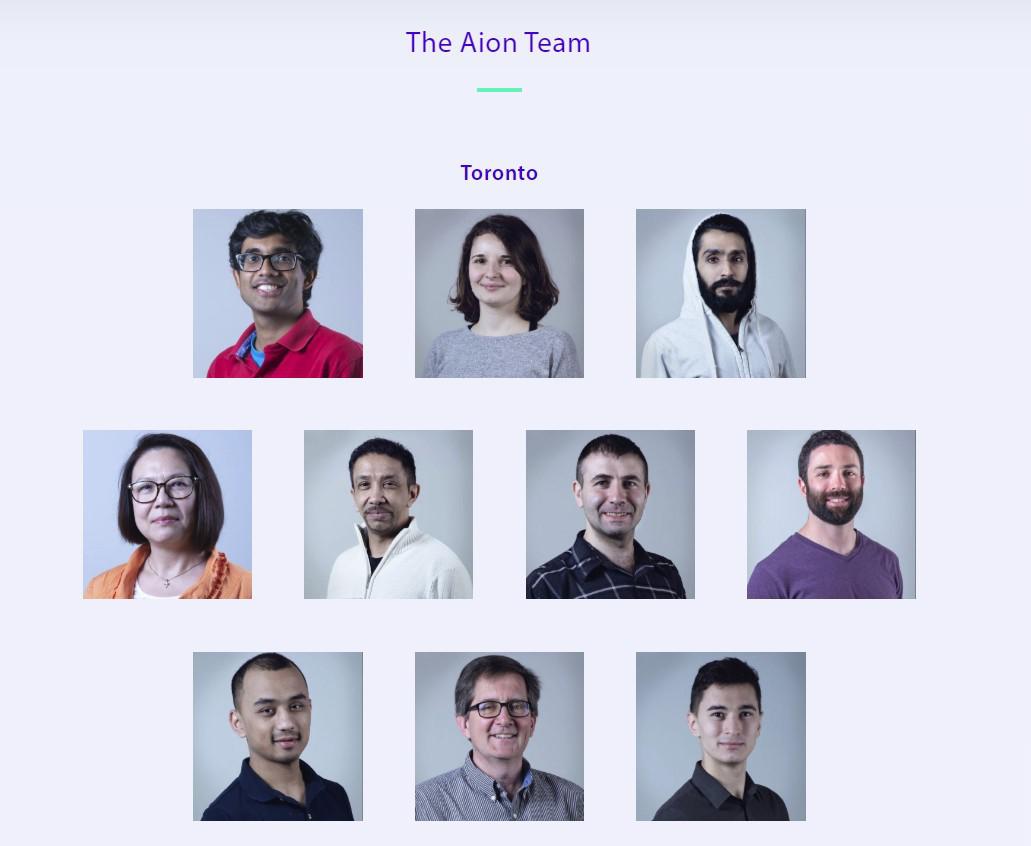
Matt Spoke and the other co-founders of the team, Jinius Tu (CTO) and Kesem Frank (COO) previously worked in Deloitte as part of the blockchain team in the company. While there, they started to understand the need for a public blockchain that would connect different private blockchains. Jinius Tu also has experience working at Morgan Stanley as a Senior Risk Engineer. Recently in July, Ian Chain, formerly a global partner at Deloitte, joined the Aion Foundation as a senior executive.
The company was previously known as Nuco Global and changed its name to the Aion Foundation formerly in July of this year. The move marked a formal transition from a corporation to a non-profit foundation.
Real-world applications of Aion are in supply chain logistics, IoT, the online media marketplace, fundraising, and digital identities.
Aion Partnerships
Aion has forged strategic partnerships with reputable names in both the blockchain and investment world.
Earlier in October Aion joined forces with Moog Inc, a Fortune 1000 company specializing in manufacturing parts for the aerospace and defense industry, to build a blockchain solution that would propel the manufacturing industry into the age of the blockchain.
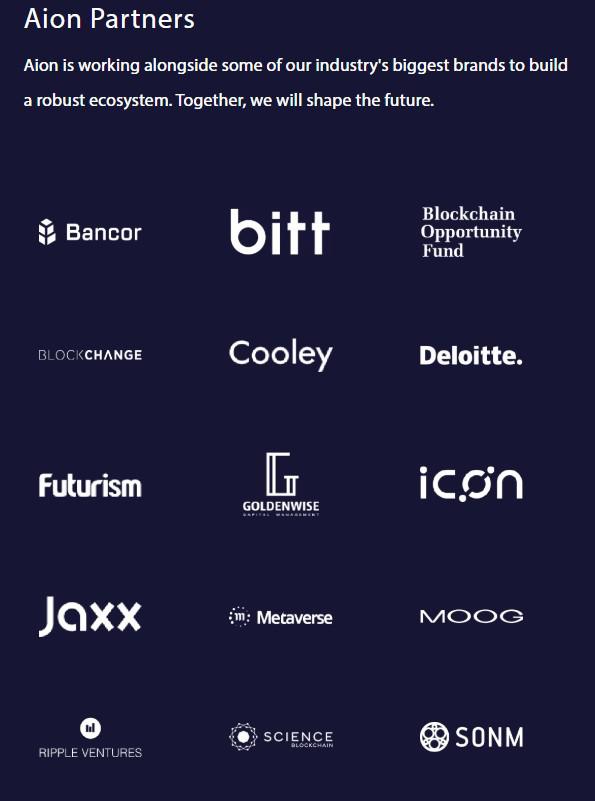
At the end of 2017 Aion joined with Blockchain Interoperability Alliance with ICON and Wanchain. The idea behind the alliance is to promote interconnectivity between different individual blockchain networks.
In July, the company announced its partnership with Amberdata, a data provider offering operational intelligence for blockchain infrastructure, on-chain decentralized applications, token utilization and transactions. Amberdata will provide analytics for Aion’s mainnet to provide customers with a full suite of tools for monitoring, searching and analyzing Aion network’s multi-tier blockchain system.
The company has many more partnerships and will continue to build more in the future.
The Aion Network
The Aion network is multi-tier, similar to that of a computer network. Logic and value both pass among different blockchains to create a value chain in which all transactions occur on-chain.
Aion is a Proof-of-Work (PoW) protocol based on the Equihash algorithm.
Bridging
As opposed to a smart contract, Aion destroys tokens as they move so that there is only one token at a time. It does this through the Aion Token Bridge which transfers AION (ERC-20) on Ethereum to become native AION coins. Bridges are bidirectional and use the BFT-based algorithm to reach consensus. Only if there are over two-thirds votes on a transaction will it be approved.
Bridges serve two functions:
- Sign and broadcast an interchain transactions once they have been sealed in the source blockchain and an interchain transaction forwarding fee has been paid.
- Informing the connecting network of the merkle hash updates of the participating network.
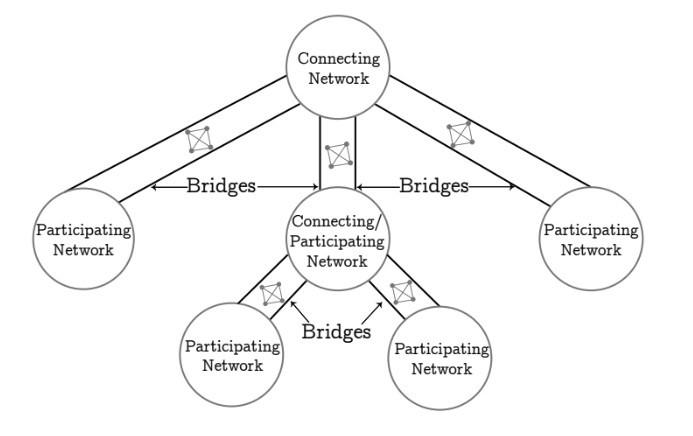
Aion Virtual Machine (AVM)
The AVM is a customized, lightweight JVM implementation designed with the purpose of executing chain logic within distributed networks. It was developed with an eye towards performance and robustness. It is a 128-bit virtual machine based on the Ethereum Virtual Machine, yet features a more secure wallet address.
The AVM is a step towards more powerful interchain applications.
Application Programming Interface (API)
Aion supports Web3 and Java APIs. Its own Java API was built using Java 8 but supports features in JDK9 and 10. It offers an interface for Java applications in addition to integration with Blockchain as a Service (BaaS). The Web3 module works with any Aion node to deploy smart contracts.
AION Price History
Aion’s ICO took place on November 24, 2017 and its token launched at an initial price of $0.62. The ICO successfully raised $22 million.
After the token was sold for an initial price of $0.08 in July 2017, it reached a peak of
$11.10 at the beginning of January. After falling in price for a few months it rose again in May to $4.06.
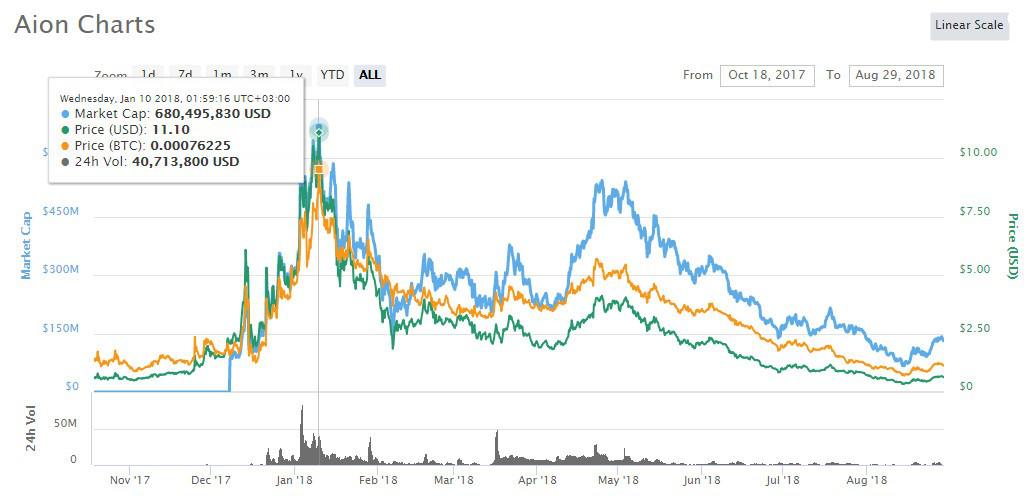
AION Tokens
AION has created a total of 465,934,587 tokens and will not produce any additional tokens in the future.
AION is a utility token and can be used to create new blockchains, for monetization of the interchain bridges and to secure the network. It is also used for P2P transactions, payment for computational resources and rewarding miners.
The token was originally an ERC-20 token but the company announced a token swap on April 25, 2018 as its Aion Kilimanjaro mainnet was released. The ratio will be at a rate of 1:1 for Aion Coins and Aion ERC-20 tokens.
How to Purchase AION
The main way to purchase AION is through Binance, which currently has one of the largest volumes of AION traded at over $1.7 million, allowing you to exchange AION with BTC , ETH, and BNB.
AION is also available on the following exchanges:
- BitForex (Trade AION with ETH on BitForex)
- LATOKEN (Trade AION with ETH on LATOKEN)
- Kucoin (Trade AION with BTC on Kucoin)
- Liqui (Trade AION with BTC on Liqui)
- Liqui (Trade AION with ETH on Liqui)
How to Store AION
AION can be stored in any wallet that supports ERC-20 tokens such as Coinomi, MetaMask and Myetherwallet.
In addition, you can use the Aion wallet which is available in a desktop version from their site.
For maximum security, however, you should store your AION on hardware wallets such as Ledger Nano S and Trezor.
Roadmap and Future Updates
The Aion Network has an extensive development roadmap available on their website. For 2018, it has many different software milestones planned, including the development of Aion FastVM, an enhanced Ethereum Virtual Machine (EVM) and the Aion Interchain, a bridge that will allow decentralized movement of smart contract-based tokens between blockchains. It also includes Aion Proof of Work and Aion Core, a group of modules that run the Aion blockchain.
For 2019, Aion’s plans include enhancing the Network Bridging to allow for the atomic movement of value and data between heterogenous networks, a second version of the Aion Virtual Machine, and the development of a Hybrid Delegated Proof of Stake/ Proof of Intelligence (DPoS/Poi) consensus mechanism.

